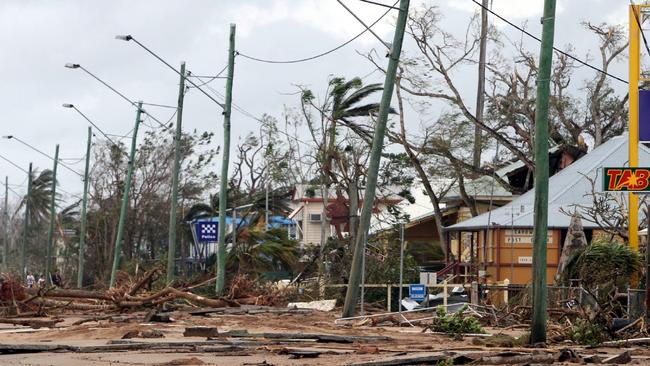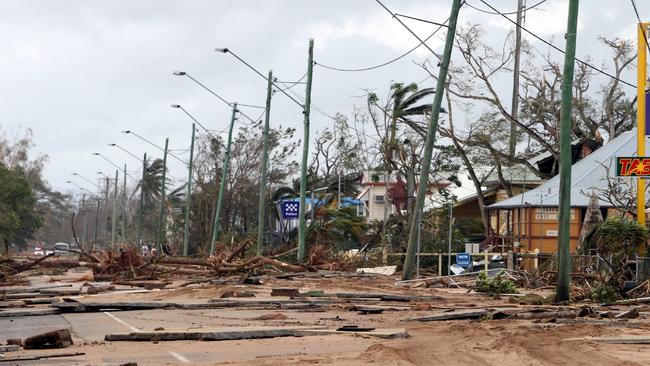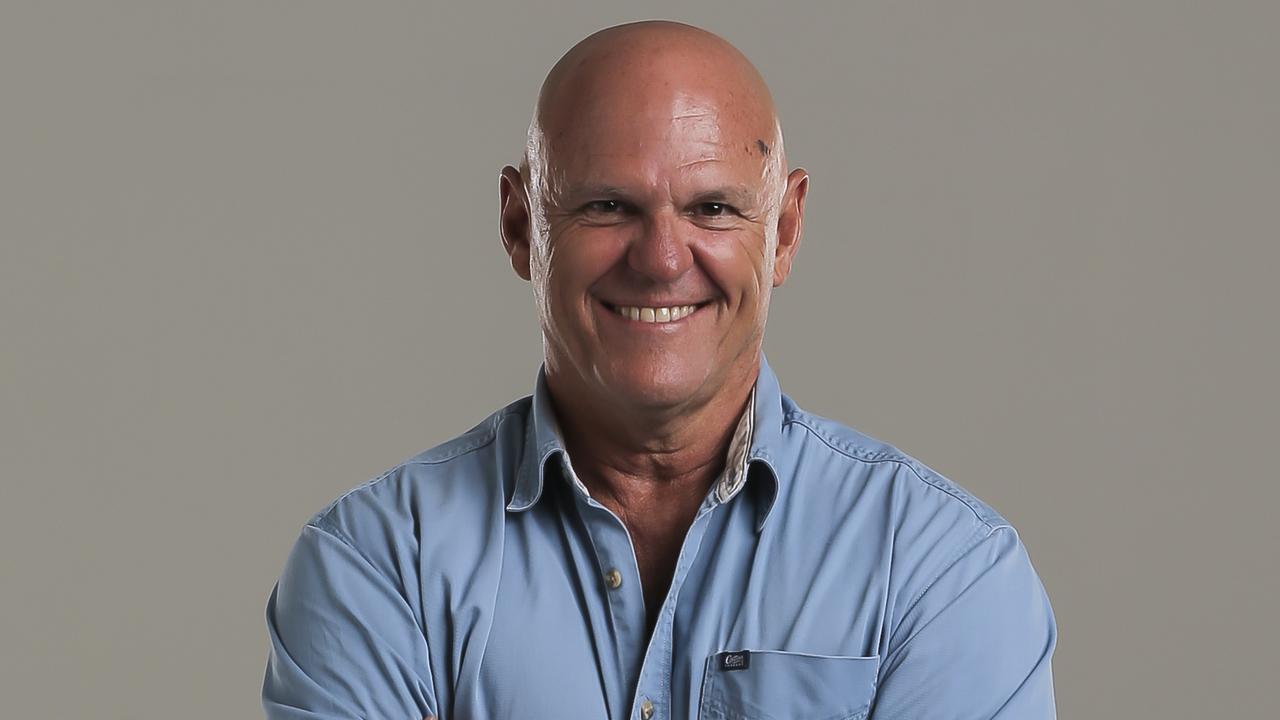Opinion: Cuts to federal disaster relief funding is just passing the buck to already struggling states
WITH the Commonwealth looking to reduce its share of disaster recovery funding, the states, particularly Queensland, must brace for a far bigger hit on their budgets.

Opinion
Don't miss out on the headlines from Opinion. Followed categories will be added to My News.
ON THURSDAY the Insurance Council of Australia declared the wild Sydney storm earlier this week a catastrophe, with claims in the first 24 hours alone exceeding $8 million. That figure is expected to rise exponentially.
Summer – traditionally the season when Australia endures the worst nature can throw at us in terms of cyclones, storms and bushfires – has only just started.
As it stands, the insurance industry estimates that natural disasters cost Australia on average about $6.3 billion a year, with that figure nearly quadrupling by 2050, according to the world’s largest reinsurer, Munich Re.
RISKS: Government funds could help pay to replace roofs
After the disastrous Queensland floods and Cyclone Yasi in early 2011, the state government established the Queensland Reconstruction Authority, which to date has claimed nearly $8 billion from the federal government under the Natural Disaster Relief and Recovery scheme.
The costs not only of rebuilding, but also of lost economic activity as business and transport networks are damaged and often shut down (witness the massive drop off in coal exports following the 2011 floods), has played a starring role in Queensland’s budgetary woes in recent years. To put it in perspective, the $5.7 billion spent on reconstruction in 2013-14 represents more than 12 per cent of total Queensland government outlays for that year.
That assistance tap may be tightened considerably, though, if Canberra adopts Productivity Commission recommendations that include reducing the share of federal funding to 50 per cent from the existing 75 per cent.
As the just-released Auditor-General’s report into state finances notes: “If the Australian Government were to reduce its funding ... it would have a direct impact on the financial position and sustainability of the state and local governments.
“They would have to meet more of the cost of repairs through increased revenue, reduced expenditure in other areas, and/or additional borrowings.”

The numbers, based on recent history, would run into the billions, and tear Queensland’s fragile budgetary recovery to shreds.
The Commission argued that existing natural disaster funding arrangements are not efficient, equitable or sustainable.
“Governments over-invest in post-disaster reconstruction and under-invest in mitigation that would limit the impact of natural disasters in the first place,” it said.
“As such, natural disaster costs have become a growing, unfunded liability for governments.”
This argument by the Commission is somewhat perplexing however, given a requirement that restoration does not exceed a public asset’s pre-disaster standard.
A new funding model may indeed be required, but it mustn’t simply pass the buck to state governments already struggling to gain Commonwealth funding for infrastructure.
In fact a good solution would be to increase the recurrent spend – both state and federally – on at-risk infrastructure in the near term to make it more resilient to extreme events with an eye to the longer-term savings.
That, however, requires forward thinking, which is a regrettably scarce commodity these days.


